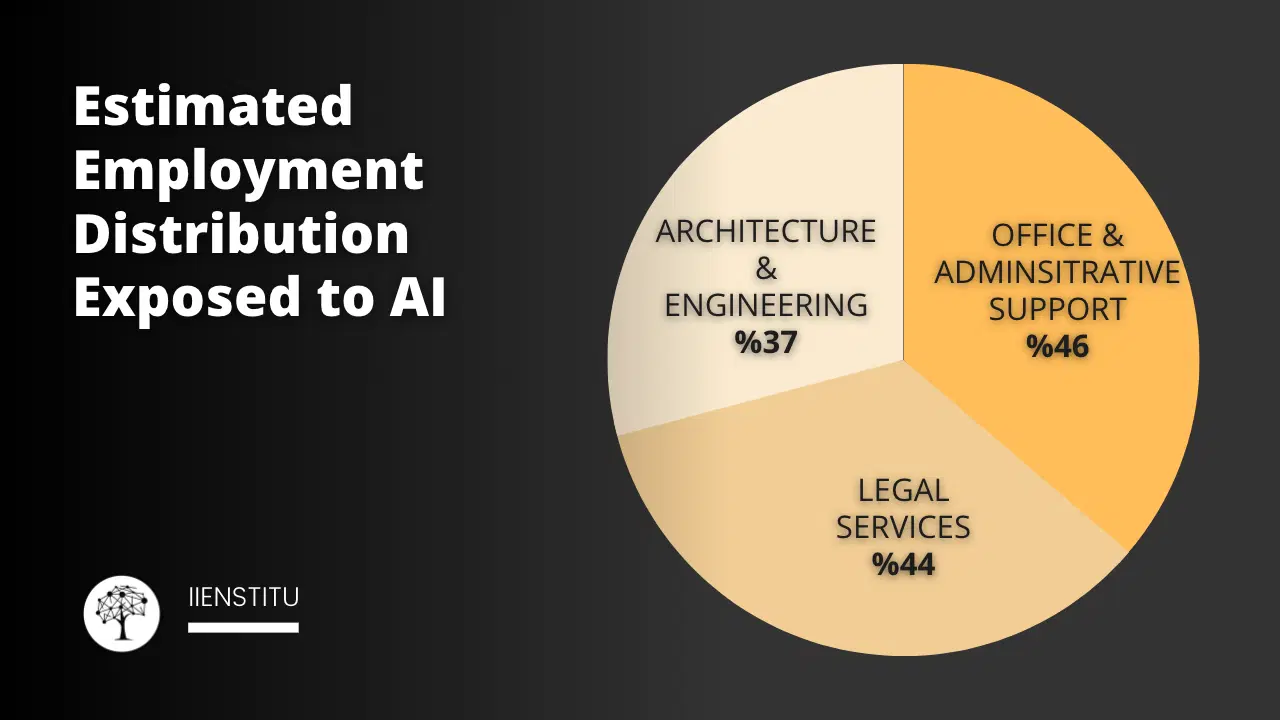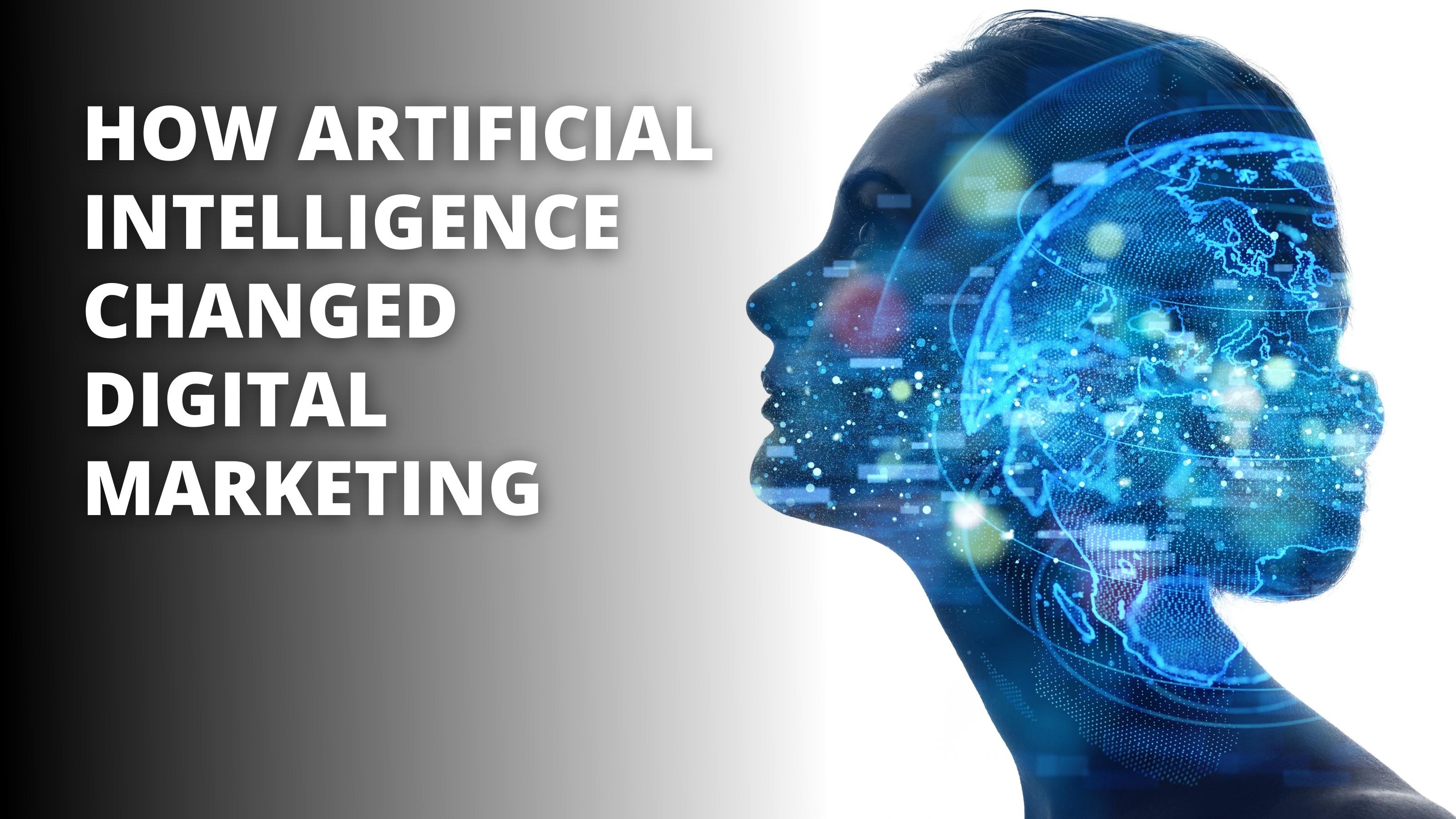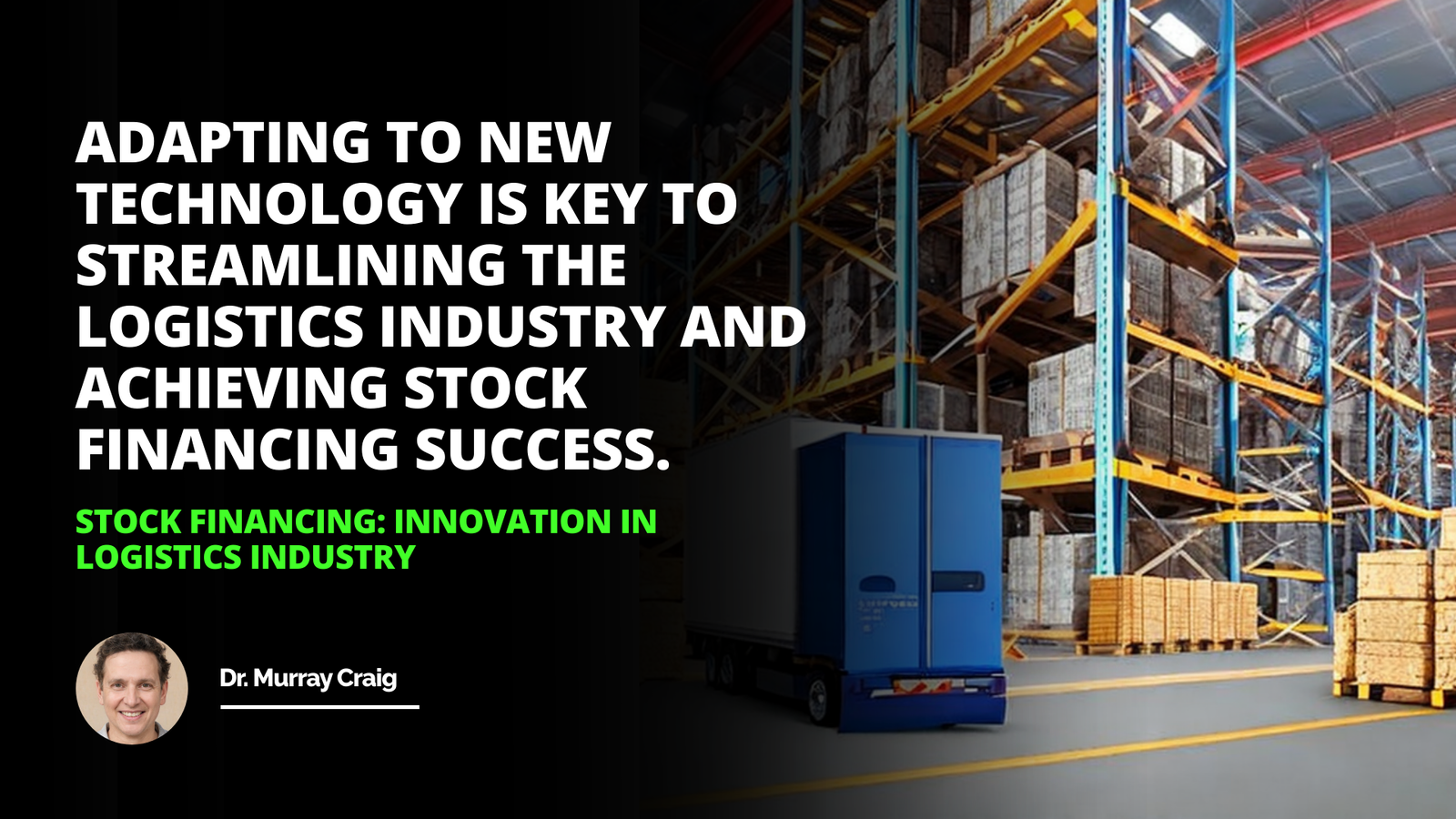
As advancements in artificial intelligence (AI) continue to reshape industries and transform how we work, the estimated share of employment exposed to AI automation has become a topic of great interest and concern. With the potential for AI to automate various tasks and roles, it is crucial to understand the scope and implications of this technological revolution.
From office and administrative support to legal services, healthcare, manufacturing, and beyond, AI automation has the potential to impact the workforce across multiple sectors significantly. This introduction sets the stage for exploring the estimated share of employment exposed to AI automation, highlighting the need to examine specific industries, job categories, and the broader socioeconomic and ethical considerations associated with this transformative technology.
What are the Reasons Why Industries are Exposed to AI Automation?
The estimated share of employment exposed to AI automation in various industries and job categories is driven by several reasons:
Advancements in AI Technology:
The rapid progress in AI technology, including machine learning, natural language processing, and computer vision, has increased the capabilities of automation. AI algorithms can now perform complex tasks, analyze data, and make decisions previously exclusive to human workers. This progress has expanded the potential for automation across different industries.
Repetitive and Routine Tasks:
Many job tasks involve repetitive and routine activities that AI systems can easily automate. Tasks such as data entry, document processing, fundamental analysis, and information retrieval are particularly susceptible to automation. As AI algorithms become more sophisticated, they can efficiently handle these tasks, potentially displacing human workers.
Cost and Efficiency Considerations:
AI automation offers potential cost savings and increased business efficiency. Organizations can reduce labor costs, streamline operations, and improve productivity by automating specific tasks. As a result, companies have a growing incentive to adopt AI technologies and automate tasks previously performed by human workers.
Industry-specific Applications:
Different industries have unique characteristics and processes that make them more or less amenable to AI automation. For example, in fields like healthcare and finance, there is a wealth of data that AI algorithms can leverage to enhance decision-making and improve outcomes. Similarly, in manufacturing and production, AI-driven automation can optimize processes, increase precision, and reduce errors.
Evolving AI Capabilities:
The continuous development of AI technology expands the range of tasks that can be automated. As AI systems become more capable, they can handle complex and cognitive tasks, such as data analysis, pattern recognition, and creative problem-solving. This broadening scope of AI capabilities further increases the potential for job automation across diverse industries.
Economic and Market Forces:
Market dynamics, including competition and cost pressures, can drive the adoption of AI automation. Industries that face intense competition and cost constraints may be more motivated to implement AI systems to gain a competitive edge and improve their bottom line. These economic factors contribute to the increasing exposure of employment to AI automation.
It is important to note that while these reasons contribute to the estimated share of employment exposed to AI automation, the actual impact can vary depending on the specific context and the ability of industries and workers to adapt to technological changes.
The estimates provide a broad indication of the potential impact of AI automation. Still, the specific outcomes can be influenced by factors such as the adaptability of job tasks, the availability of new job opportunities, and societal and policy responses to automation challenges.

What is the Estimated Share of Employment Exposed to AI Automation?
The statistics provided represent the estimated share of employment exposed to AI automation across various industries and job categories. These figures suggest the percentage of jobs within each industry that are considered at risk of automation due to advancements in AI technology. Here's a breakdown of the statistics:
Office & Administrative Support: 46% of jobs in this category are estimated to be exposed to AI automation.
Legal Services: 44% of jobs in the legal field are considered at risk of automation.
Architecture & Engineering: 37% of jobs in this industry may be exposed to AI automation.
Life, Physical & Social Science: 36% of jobs in these scientific fields are estimated to be at risk.
Business & Financial Operations: 35% of jobs in business and finance may be exposed to automation.
Community & Social Service: 33% of jobs in this category are considered at risk.
Management: 32% of management roles are estimated to be exposed to AI automation.
Sales: 31% of sales jobs may be at risk of automation.
Computer & Mathematical: 29% of jobs in the computer and mathematical field may be exposed to automation.
Farming, Fishing & Forestry: 28% of jobs in these industries are considered at risk.
Protective Service: 28% of jobs in protective service roles are estimated to be exposed to automation.
Healthcare Practitioners & Technical: 28% of jobs in healthcare practitioners and technical roles may be at risk.
Educational Instruction & Library: 27% of jobs in education and library fields are considered at risk.
Healthcare Support: 26% of jobs in healthcare support roles may be exposed to automation.
Arts, Design, Entertainment, Sports & Media: 26% of jobs in these creative fields are estimated to be at risk.
Personal Care & Service: 19% of jobs in personal care and service roles may be exposed to automation.
Food Preparation & Serving Related: 12% of jobs in the food industry are considered at risk.
Transportation & Material Moving: 11% of jobs in transportation and moving roles may be exposed to automation.
Production: 9% of jobs in production are estimated to be at risk.
Construction & Extraction: 6% of jobs in construction and extraction fields may be exposed to automation.
Installation, Maintenance & Repair: 4% of jobs in these roles are considered at risk.
Building, Grounds Cleaning & Maintenance: 1% of building and grounds cleaning jobs may be exposed to automation.
The average across all industries is estimated to be 25%, indicating that about a quarter of jobs across various sectors may be exposed to AI automation. However, it's important to note that these statistics are estimates and should be interpreted as a general indication rather than precise figures. The impact of AI on specific jobs and industries can vary and depends on various factors, such as technological advancements, job characteristics, and the ability of tasks to be automated.
What are the Underlying Reasons AI Automation Impacts Employment?
These reasons provide a starting point for exploring the estimated share of employment exposed to AI automation in various industries. Here are some reasons related to the estimated share of employment exposed to AI automation:
Impact of AI Automation on Office & Administrative Support Jobs:
Automation potential of tasks performed by the office and administrative support roles.
Specific AI technologies and tools that can automate administrative tasks.
Potential benefits and challenges of AI automation in this job category.
Strategies for upskilling and reskilling office and administrative support workers to adapt to AI automation.
AI Automation in Legal Services:
How AI technology is being applied in the legal field.
Automation potential of legal tasks such as document review, contract analysis, and legal research.
Implications of AI automation for legal professionals and law firms.
Ethical and regulatory considerations in the use of AI in the legal industry.
AI Automation in Architecture & Engineering:
Automation potential of tasks performed by architects and engineers.
Role of AI in design optimization, modeling, and simulations.
Integrating AI technologies like computer vision and machine learning in the architecture and engineering fields.
Future job prospects and skill requirements in the context of AI automation.
AI Automation in Healthcare:
Impact of AI on healthcare practitioners and technical roles.
Automation potential in medical imaging analysis, diagnostics, and patient monitoring.
Ethical considerations and challenges of AI adoption in healthcare.
The role of AI in improving healthcare outcomes and patient care.
AI Automation in Sales and Customer Service:
Use of AI chatbots and virtual assistants in customer service and sales interactions.
Personalization and recommendation systems powered by AI in sales.
The impact of AI automation on the sales profession and customer experience.
Strategies for sales professionals to adapt and leverage AI technologies.
AI Automation in Manufacturing and Production:
Automation potential in manufacturing processes and assembly lines.
AI-enabled predictive maintenance and quality control in production.
Implications for the workforce and job displacement in manufacturing.
Skills required for workers in the era of AI automation in production.
Socioeconomic Impacts of AI Automation:
Distributional effects of AI automation across different industries and job categories.
Potential impacts on income inequality and job polarization.
Policy considerations for managing the transition to an AI-driven workforce.
Opportunities for new job creation and the importance of lifelong learning in an automated world.
Ethical and Social Implications of AI Automation:
Ethical considerations in AI automation include bias, privacy, and transparency.
Social implications of job displacement and the future of work.
Responsible AI practices and frameworks for mitigating negative impacts.
Ensuring inclusivity and fairness in an AI-driven society.


